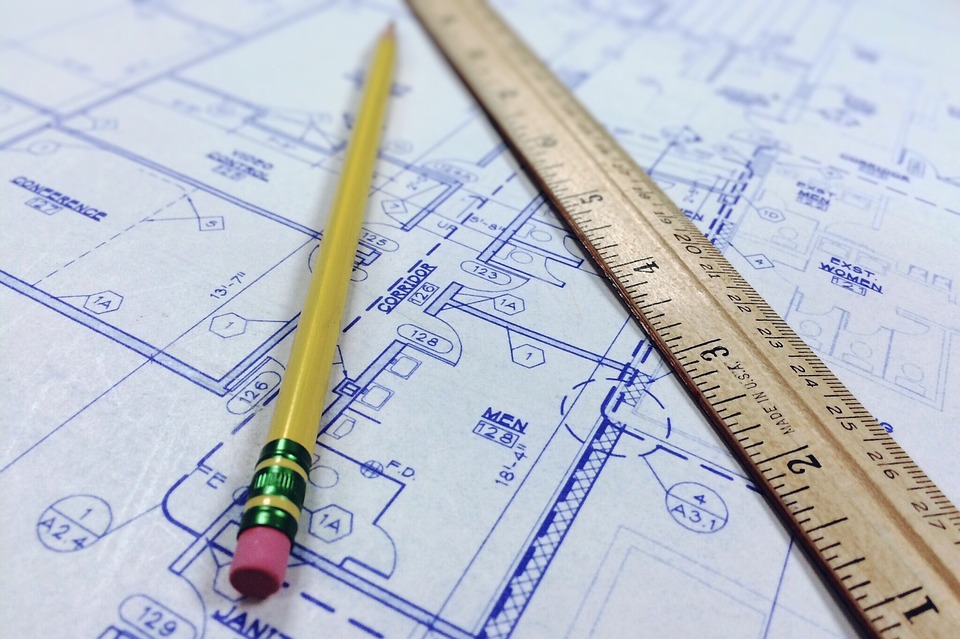 Imagine if an architect didn’t put enough detail into his design plan for a new home. I certainly wouldn’t want to be on the construction crew building that house (or the homeowner paying for it!).
Imagine if an architect didn’t put enough detail into his design plan for a new home. I certainly wouldn’t want to be on the construction crew building that house (or the homeowner paying for it!).
Similarly, when it comes to planning content, you can’t just wing it. Effective content requires strategic content planning. This will ensure you create a content library that reaches the right balance across audiences and journey stages, arms Marketing and Sales with the assets they need to engage and nurture prospects, and differentiates your company.
Like an architect’s blueprint, a marketer’s content brief will guide the efficient and strategic planning and production of content assets. In addition to title and description, the following are 11 key components your content brief should have.
1. Target Audience
If you try to write a single content asset for everyone, then it will connect with no one. To develop relevant content, know exactly which buyers you’re creating a content asset for.
First determine which market segment(s) the asset is for, as different industries may have different needs or ways of talking about the same topic. Next, state which persona(s) within the segment the asset is being created for. Each buyer persona has its defining attributes, such as goals, challenges, buying role, buying criteria, and more. Content must be created with these attributes in mind, and at times a content asset must be specifically created for a particular persona.
2. Themes
A theme defines a subject matter that your company should speak to, establish thought leadership and differentiation on, and raise awareness of in your industry. Every company should identify themes for each quarter that guide your content planning.
A theme can be a subject that has already been significantly discussed in the industry, but that your company is offering a new take on. Or, a theme can be something new that has not been discussed. A theme must be relevant to your audience, and it should be broad enough to have a few layers to it, yet narrow enough in that it provides clear direction on what it does and does not include. Know which theme a content asset aligns to.
3. Buyer’s Journey Stage
A buyer’s journey stage is a particular phase in the buyers’ journey that has its own name and definition based on the buyer’s needs, activities, mindset, and desired outcome at that point. Buyers will require different content at each journey stage to fulfill these needs, so make sure your brief includes which journey stage buyers will consume the content asset.
4. Buyer Relevance
Why is this important to the buyer? State a particular persona attribute (concern, buying criteria, pain point, etc.) or buyer’s journey need that the content asset is addressing.
5. Business Objectives
A business objective is the desired outcome you want to achieve for your business with a content asset. Knowing the objective will guide the type of asset it should be, the type of content it should contain, and the approach to how it’s written. Business objectives may include:
- Awareness / Buzz: “Fun” content that creates awareness of your brand and is many times great for social buzz.
- Thought Leadership: Differentiated content that demonstrates your subject matter expertise.
- Pipeline Development: Content created for buyers early in their buying journey with the aim to cause a sense of urgency to learn more about your company’s offering.
- Pipeline Nurturing: Content created for buyers who have raised their hands in pipeline development and are qualified to enter the sales pipeline nurture. The aim of the content is to convert them to a sales pipeline opportunity, where they enter the active purchasing process within their buying journey.
- Sales Tool: Content Sales can use to satisfy the needs and requirements of buyers during the buying process.
- Client Support: Content to help customers more effectively use your company’s products or services.
- Foundational Must-Have: Content that is not necessarily differentiated but necessary to have in your content library.
6. Targeted Messages
A targeted message is a message developed for a specific persona at a specific journey stage, with the goal to increase buyer engagement by addressing the needs and interests the buyer likely has at that point. Identify the 1-3 most critical targeted messages your content asset should include.
7. Keywords
Identify 1-3 keywords that are relevant to your content topic.
8. CTA
What is the next step you want taken by the buyer after consuming this content asset? All marketing content should have one clearly defined CTA.
9. Usage Plan
Identify the channels through which you are promoting a content asset, which campaigns this asset will be leveraged in, and how you plan to re-use the asset.
10. Production Details
Determine which resources are required to create the asset, such as writers, editors, and designers, as well as the content format. Content formats may include whitepapers, ebooks, articles, webinars, infographics videos, blogs, case studies, sales tools, etc.
11. Research and Resources
All briefs should include internal resources (such as SMEs) and external resources (such as publications) to leverage during content creation, as well as links to relevant research.
By incorporating these components into your briefs, you’ll create higher quality content faster and reduce editing rounds. So be a strategic content planner, and make every asset you produce a worthwhile and valuable investment.

